Home>Articles>How To Check Body Fat Percentage Without Calipers
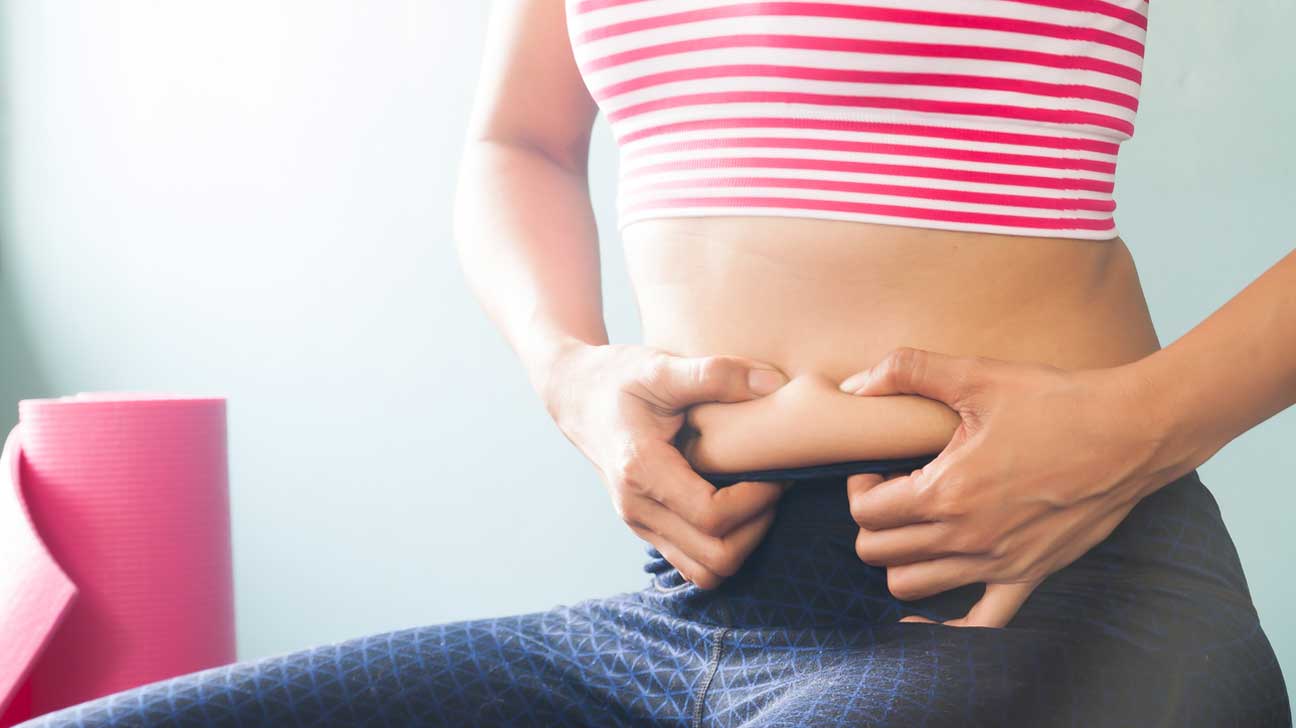

Articles
How To Check Body Fat Percentage Without Calipers
Modified: December 7, 2023
Learn how to check your body fat percentage without the use of calipers in this informative article. Discover accurate methods for tracking your progress and achieving your fitness goals.
(Many of the links in this article redirect to a specific reviewed product. Your purchase of these products through affiliate links helps to generate commission for Storables.com, at no extra cost. Learn more)
Introduction
Having a healthy body fat percentage is crucial for overall well-being and reducing the risk of various health conditions such as heart disease, diabetes, and obesity. Traditionally, using calipers has been the go-to method for measuring body fat percentage. However, not everyone has access to calipers or the knowledge to use them effectively. Fortunately, there are alternative methods available that can provide accurate estimations of body fat percentage without the need for specialized tools.
In this article, we will explore seven different methods that you can use to determine your body fat percentage without using calipers. From simple measurements you can take at home to more advanced techniques performed by professionals, these methods offer a range of options depending on your resources and preferences.
Key Takeaways:
- Monitoring body fat percentage is crucial for overall health. Alternative methods like BIA and NIR offer accessible and non-invasive ways to estimate body fat without the need for calipers.
- While these methods provide valuable insights, they may not be as accurate as advanced techniques. Consulting healthcare professionals can help choose the most suitable method for individual needs and interpret results accurately.
Read more: Where To Purchase Body Fat Calipers
Method 1: Body Measurements
One of the simplest ways to estimate your body fat percentage is by taking body measurements. This method involves measuring specific parts of your body and using a formula to calculate an approximation of your body fat percentage.
The two most common measurements used in this method are waist circumference and neck circumference.
To measure your waist circumference, use a measuring tape and wrap it around your waist at the level of your belly button. Make sure the tape is snug but not too tight, and record the measurement in inches or centimeters.
Next, measure your neck circumference by wrapping the tape around the widest part of your neck, just below the larynx. Again, make sure the tape is snug but not too tight, and record the measurement.
Once you have these measurements, you can use them to calculate your body fat percentage using various formulas. One commonly used formula is the Navy Body Fat Calculator, which takes into account your waist and neck measurements along with your height and weight. There are also online calculators available that can perform the calculation for you.
While this method can provide a rough estimation of your body fat percentage, it’s important to note that it may not be as accurate as other methods. Factors such as muscle mass and body shape can affect the reliability of the results. Nevertheless, it can still serve as a useful starting point for tracking changes in body composition over time.
Method 2: Bioelectrical Impedance Analysis (BIA)
Bioelectrical Impedance Analysis (BIA) is a method that uses a small electrical current to estimate body composition, including body fat percentage. This non-invasive technique measures how well electric currents pass through different tissues in the body, as fat, muscle, and water conduct electricity differently.
To perform BIA, a specialized device called a BIA analyzer is used. This device typically has footpad or handgrip electrodes that transmit a low-level electrical current through the body. The resistance encountered by the current as it travels through the body provides information about the proportion of body fat.
Using BIA is relatively simple. You typically stand on the footpad electrodes or hold the handgrip electrodes while the device sends the electrical current through your body. The BIA analyzer then calculates your body fat percentage based on the resistance measured.
It’s worth noting that BIA measurements can be influenced by factors such as hydration levels, food intake, and physical activity. To ensure the most accurate results, it is recommended to follow specific guidelines, such as avoiding food and drinks, strenuous exercise, and alcohol consumption for a few hours before the measurement.
BIA devices are available for home use, but it’s important to choose a reliable and validated device to ensure accurate results. Professional BIA analyzers used in clinics or fitness centers may offer more advanced features and precision.
While BIA can provide a convenient and reasonably accurate estimation of body fat percentage, it is still subject to certain limitations. In particular, BIA may underestimate body fat in athletes or individuals with a high amount of muscle mass, and it may overestimate body fat in older adults or those with low muscle mass.
Overall, BIA is a commonly used method to estimate body fat percentage, offering a practical and accessible approach for anyone looking to track their body composition.
Method 3: Dual-energy X-ray Absorptiometry (DXA)
Dual-energy X-ray absorptiometry (DXA) is a precise and highly accurate method used to measure body composition, including bone mineral density, lean tissue mass, and body fat percentage. DXA works by using two different energy levels of X-rays to differentiate between various tissues in the body.
To perform a DXA scan, you lie down on a padded table while a mechanical arm passes over your body, emitting X-ray beams. The DXA machine measures the amount of radiation absorbed by different tissues, providing detailed information about body composition.
DXA scans are commonly conducted in specialized medical settings, such as hospitals or imaging centers. The procedure is safe and painless, and it usually takes around 10 to 20 minutes to complete.
DXA is often considered the gold standard for measuring body fat percentage due to its high accuracy. It offers precise measurements of different body regions, such as the arms, legs, trunk, and total body. This level of detail can help identify variations in fat distribution and provide valuable insights into overall body health.
Despite its accuracy, DXA scans do have some limitations. The procedure can be relatively expensive and requires specialized equipment and trained professionals. Additionally, individuals with certain medical conditions, such as pregnancy or metal implants, may not be suitable candidates for DXA scans.
It’s important to note that DXA scans should not be performed frequently due to the exposure to X-rays. The frequency of DXA scans should be determined by medical professionals based on individual circumstances.
Overall, DXA is an advanced method that provides precise measurements of body composition, including body fat percentage. If you have access to a DXA scanner and are looking for highly accurate results, this method can be a great option to consider.
Method 4: Air Displacement Plethysmography
Air Displacement Plethysmography (ADP), also known as the Bod Pod, is a method used to measure body composition, including body fat percentage, by determining the amount of air displaced by the body.
Similar to underwater weighing, ADP relies on the principle of body volume and density. The Bod Pod, a specialized machine used for ADP measurements, consists of a small chamber that you sit inside. The chamber uses changes in pressure to calculate your body volume and subsequently estimate body density.
During the measurement, you wear tight-fitting clothing or a swimsuit and sit quietly inside the Bod Pod. The machine then measures the amount of air displaced when a known volume of air is introduced into the chamber.
ADP measurements are quick and do not require any physical exertion. The procedure takes approximately 5 to 10 minutes to complete, and the results are typically displayed immediately.
The accuracy of ADP measurements in estimating body fat percentage is considered to be comparable to other reliable methods such as DXA. It can provide valuable information about body composition and changes in fat mass and lean mass over time.
While ADP is a highly accurate method, it does have some drawbacks. The availability of Bod Pod machines may be limited, and the cost of the procedure can be relatively high compared to other methods. Additionally, certain conditions such as claustrophobia or difficulty sitting still for an extended period may affect your ability to undergo an ADP measurement.
It’s important to consult with healthcare professionals or fitness experts to determine if ADP is a suitable method for you and to access a certified facility that offers this type of body fat measurement.
Overall, ADP provides accurate and reliable measurements of body composition, making it a valuable option for those looking to assess their body fat percentage with precision.
One way to check body fat percentage without calipers is to use a body fat scale or handheld body fat analyzer. These devices use bioelectrical impedance to estimate body fat percentage. Keep in mind that the accuracy of these devices can vary.
Read more: How Does A Weight Scale Measure Body Fat
Method 5: Near-Infrared Interactance
Near-Infrared Interactance (NIR) is a method that uses light to estimate body composition, including body fat percentage. This non-invasive technique measures the interaction of near-infrared light with body tissues to assess fat levels.
The NIR method involves using a handheld device that emits near-infrared light onto specific areas of the body, such as the biceps or triceps. The light is absorbed differently by fat tissue compared to lean tissue, allowing for the estimation of body fat percentage.
The measurements are usually performed by placing the NIR device directly on the skin, ensuring a close and consistent contact. The device then emits the near-infrared light, and the reflected or absorbed light is analyzed to determine the level of fat in the measured area.
NIR measurements are relatively quick and easy to perform. They do not require any special preparation or clothing, making it convenient for regular use. However, it’s important to note that the accuracy of NIR measurements can vary depending on factors such as skin pigmentation, hydration levels, and inter-operator variability.
While NIR devices are available for personal use, professional-grade equipment used in research or clinical settings may offer better accuracy and reliability. Additionally, it’s essential to follow the manufacturer’s instructions and guidelines to ensure consistent and accurate measurements.
NIR is a promising method for estimating body fat percentage, but it’s worth noting that it may not be as widely available as other techniques. Consult with healthcare professionals or fitness experts to determine if NIR is a suitable option for your body fat measurement needs.
Overall, NIR offers a non-invasive and convenient way to estimate body fat percentage. Although it may not provide the same level of accuracy as more advanced methods like DXA, NIR can still be a useful tool for monitoring changes in body composition over time.
Method 6: Body Mass Index (BMI)
Body Mass Index (BMI) is a widely used method to estimate body fat percentage by calculating a person’s weight in relation to their height. While BMI does not directly measure body fat, it can provide a general indication of whether a person’s weight falls within a healthy range.
To calculate BMI, divide your weight in kilograms by your height in meters squared. The formula is as follows:
BMI = weight (kg) / (height (m))^2
For example, if you weigh 70 kilograms and your height is 1.7 meters, the calculation would be:
BMI = 70 kg / (1.7 m)^2 = 70 kg / 2.89 m^2 = 24.20
The resulting value indicates which BMI category you fall into, such as underweight, normal weight, overweight, or obese. However, it’s important to note that BMI alone cannot provide an accurate measurement of body fat percentage, as it does not differentiate between muscle mass and fat mass.
While BMI is a quick and straightforward method to assess body weight, it is not without limitations. It does not take into account factors like muscle mass, bone density, or fat distribution, which can vary greatly among individuals. As a result, individuals with higher muscle mass, such as athletes, may have a higher BMI despite having a lower body fat percentage.
Despite its limitations, BMI can still serve as a starting point for assessing weight status and identifying potential health risks associated with excess body fat. It is important to remember that other methods, such as body measurements or body fat percentage tests, can provide a more accurate and detailed assessment of body composition.
Consult with healthcare professionals or registered dietitians to interpret your BMI and evaluate your overall health and wellness. They can help provide personalized recommendations based on your unique body composition and health goals.
Method 7: Waist-to-Hip Ratio (WHR)
Waist-to-Hip Ratio (WHR) is a method used to assess body fat distribution and estimate the risk of obesity-related health conditions. This method focuses on the measurement of the waist circumference and hip circumference to determine the body fat distribution pattern.
To calculate the WHR, first measure your waist circumference, which is the narrowest part of your waist. Then measure your hip circumference, which is the widest part of your hips. Divide the waist circumference by the hip circumference to obtain the WHR.
For example, if your waist circumference is 80 centimeters and your hip circumference is 100 centimeters, the calculation would be:
WHR = waist circumference / hip circumference = 80 cm / 100 cm = 0.8
The resulting value represents your WHR. WHR values differ based on gender, as men and women tend to store fat differently. In general, a WHR below 0.90 for men and 0.85 for women is considered low-risk, while values above these thresholds indicate a higher risk of obesity-related health issues.
WHR is used as an indicator of visceral fat, which is the fat stored around the internal organs. Higher levels of visceral fat are associated with an increased risk of chronic diseases like heart disease, diabetes, and metabolic syndrome.
WHR is a useful tool as it provides insights into body fat distribution and its health implications. However, it should not be used as a standalone method to estimate body fat percentage. Other methods, such as body measurements or body fat percentage tests, should be considered for a comprehensive assessment of body composition.
Remember that WHR is just one aspect of body fat measurement, and it does not account for overall body composition or muscle mass. Always consult with healthcare professionals or registered dietitians to evaluate your WHR in the context of your overall health and to receive personalized recommendations tailored to your specific needs.
Conclusion
Measuring body fat percentage is an important aspect of monitoring overall health and wellness. While calipers have traditionally been used for this purpose, there are alternative methods available that can provide accurate estimations without the need for specialized tools.
In this article, we explored seven different methods to check body fat percentage without using calipers:
- Body Measurements: Taking measurements of the waist and neck can provide an estimation of body fat using various formulas.
- Bioelectrical Impedance Analysis (BIA): BIA measures how electrical currents pass through the body to estimate body composition.
- Dual-energy X-ray Absorptiometry (DXA): DXA scans provide precise measurements of body composition, including body fat percentage.
- Air Displacement Plethysmography: ADP, or the Bod Pod, measures body volume and density to estimate body fat.
- Near-Infrared Interactance (NIR): NIR uses light to estimate body composition and fat levels.
- Body Mass Index (BMI): BMI calculates body fat estimation based on weight and height, but it does not differentiate between fat and muscle mass.
- Waist-to-Hip Ratio (WHR): WHR assesses body fat distribution and risk of obesity-related health conditions.
Each of these methods has its advantages and limitations, and the suitability of a particular method may vary depending on individual circumstances and preferences. It is important to consider factors such as cost, accessibility, accuracy, and other individual health considerations when selecting a method to estimate body fat percentage.
While these alternatives to caliper measurement can provide valuable insights into body composition, it is essential to remember that these methods are not perfect and may not provide the same level of accuracy as more advanced techniques like DXA scans. Consulting with healthcare professionals or registered dietitians can help you choose the most appropriate method for your needs and interpret the results accurately.
Regardless of the method you choose, remember that body fat percentage is just one piece of the puzzle when it comes to overall health and wellness. Focus on maintaining a healthy lifestyle that includes regular physical activity, a balanced diet, and adequate rest to promote overall well-being.
By incorporating these practices and using alternative methods to estimate body fat percentage, you can gain a better understanding of your body composition and take steps towards achieving optimal health and fitness.
Frequently Asked Questions about How To Check Body Fat Percentage Without Calipers
Was this page helpful?
At Storables.com, we guarantee accurate and reliable information. Our content, validated by Expert Board Contributors, is crafted following stringent Editorial Policies. We're committed to providing you with well-researched, expert-backed insights for all your informational needs.
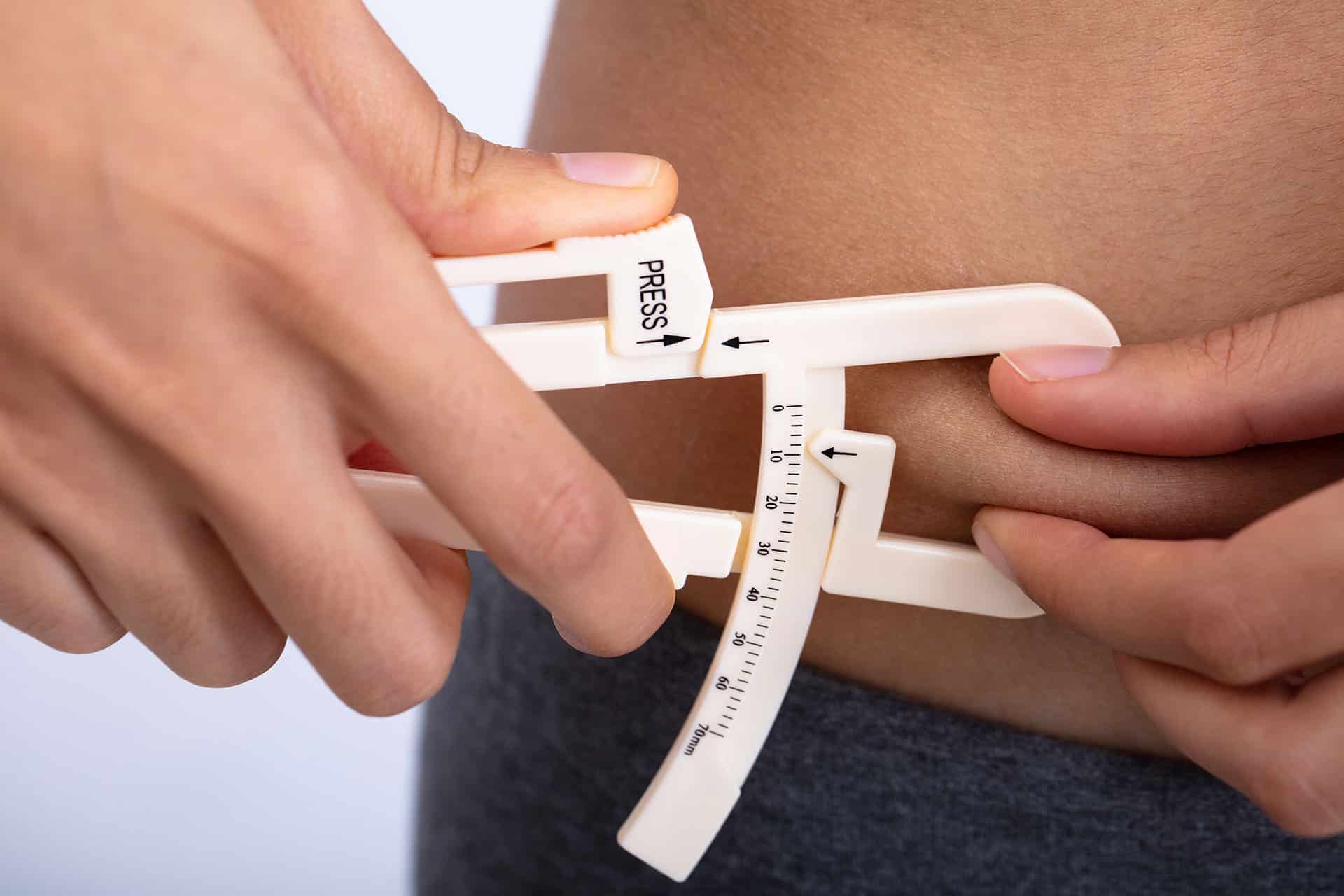
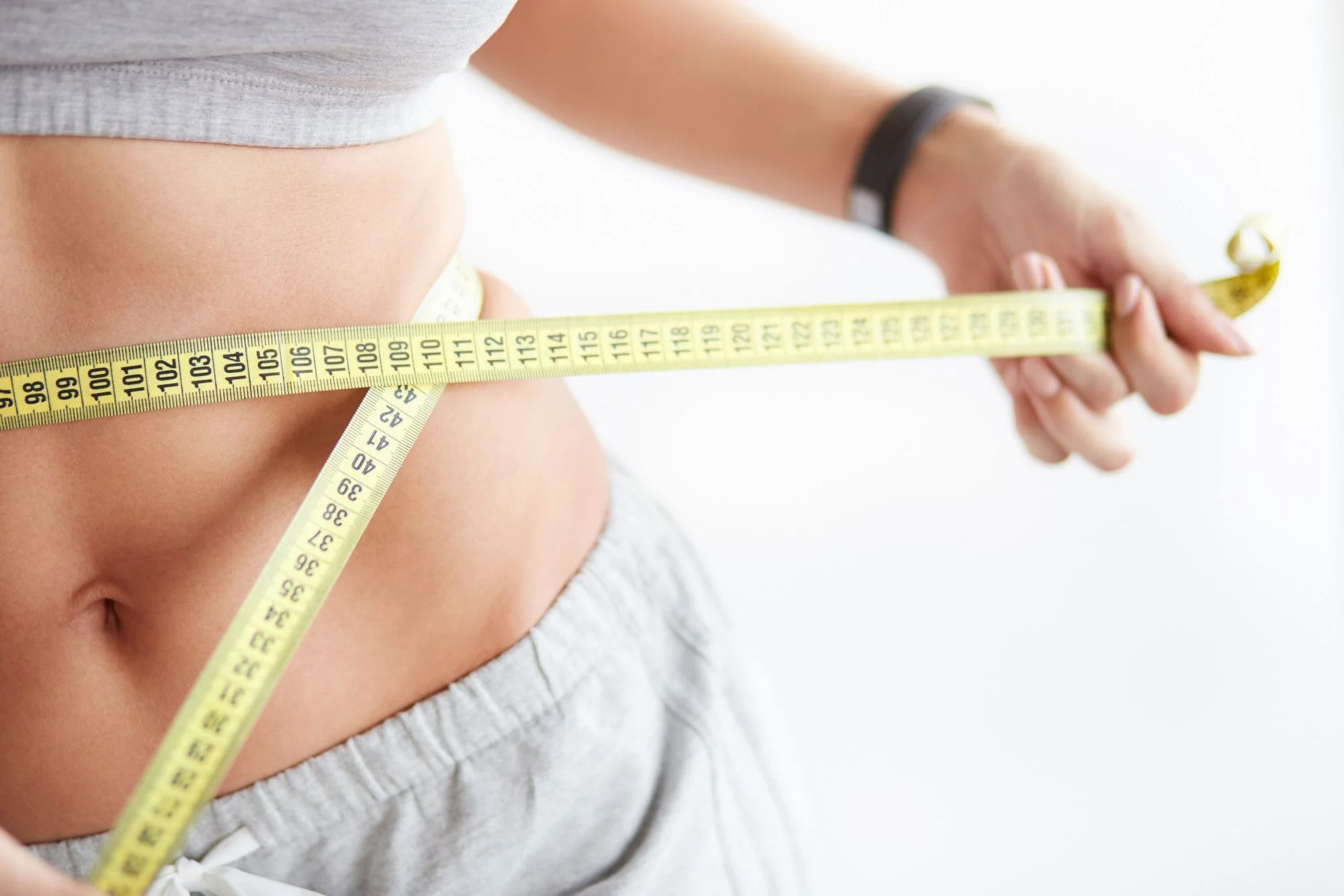


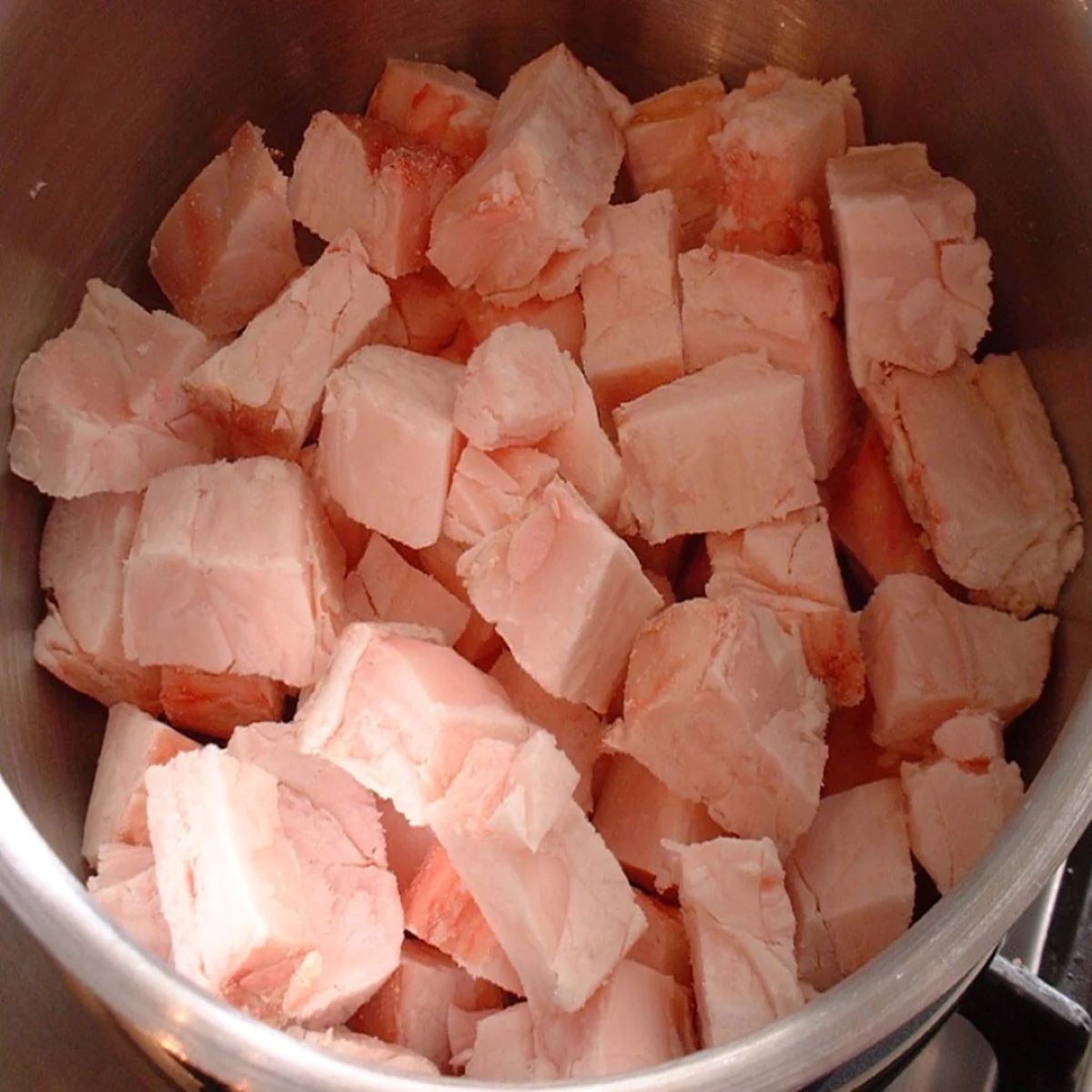
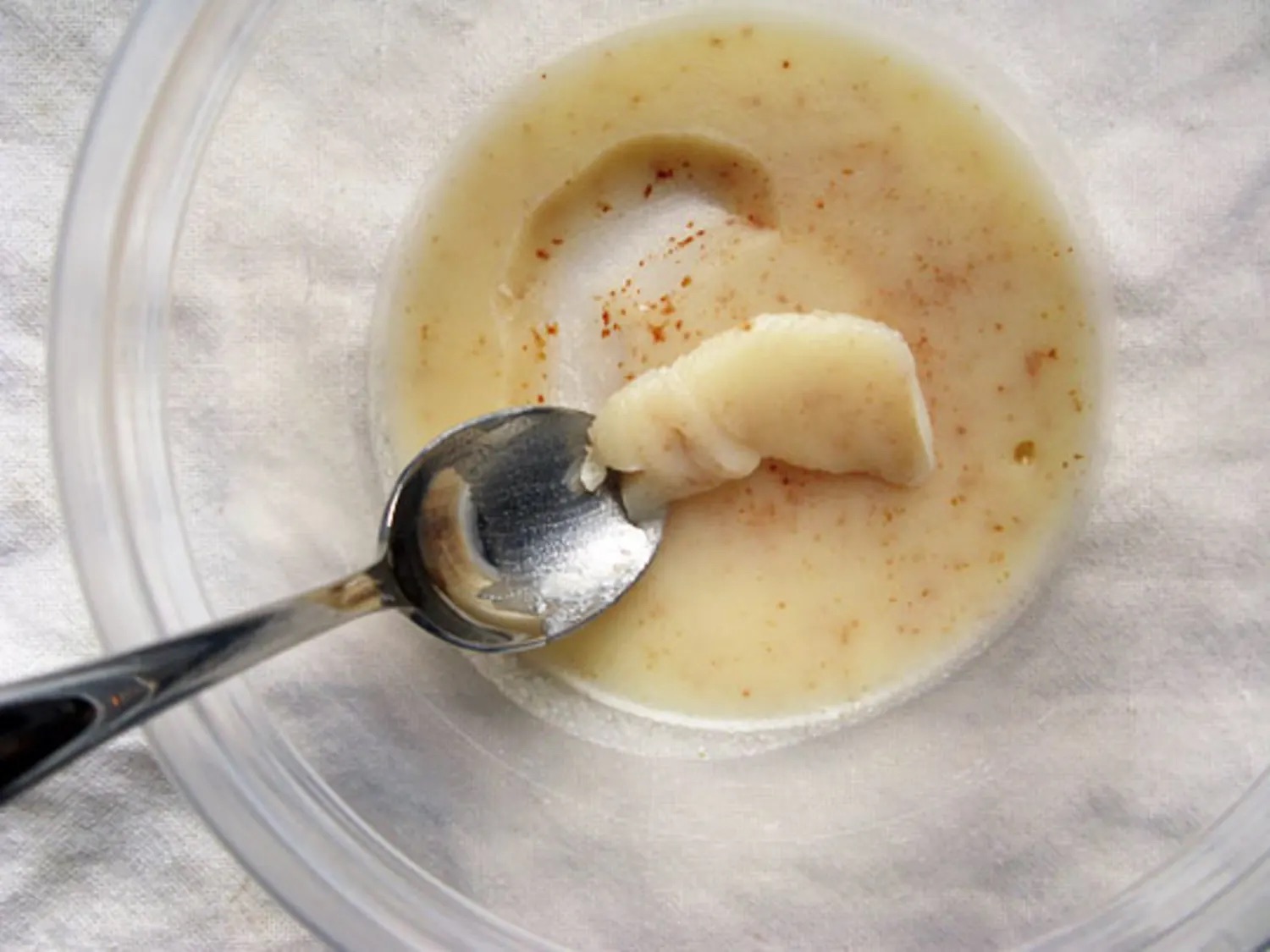

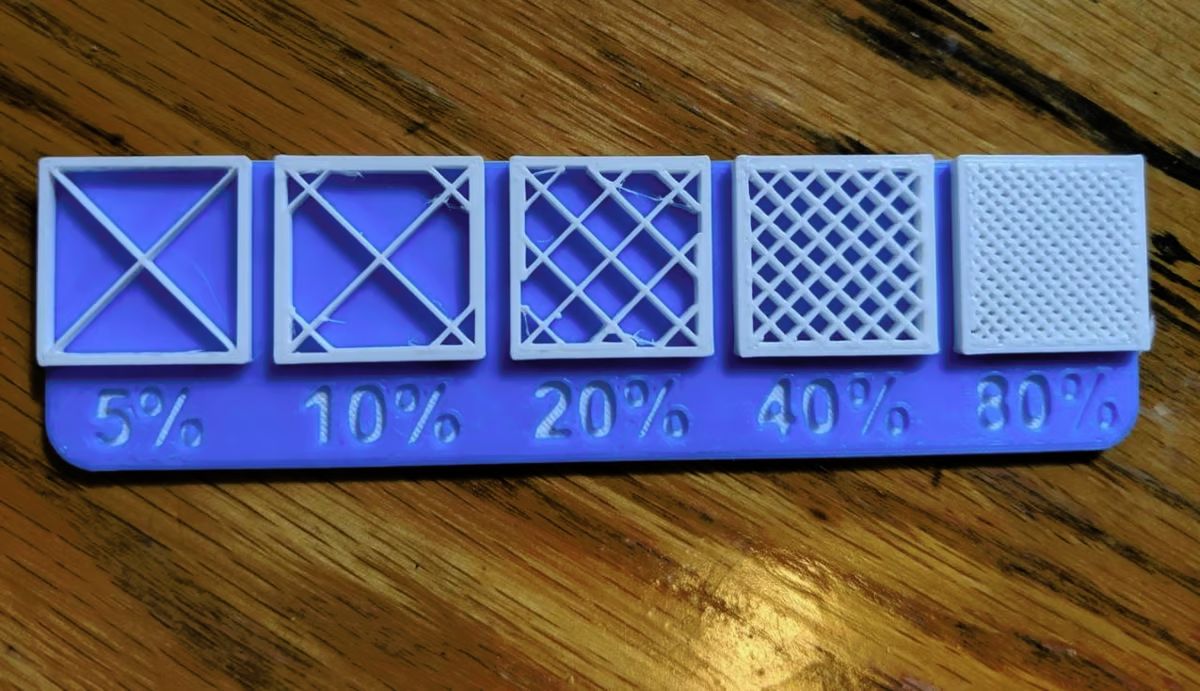

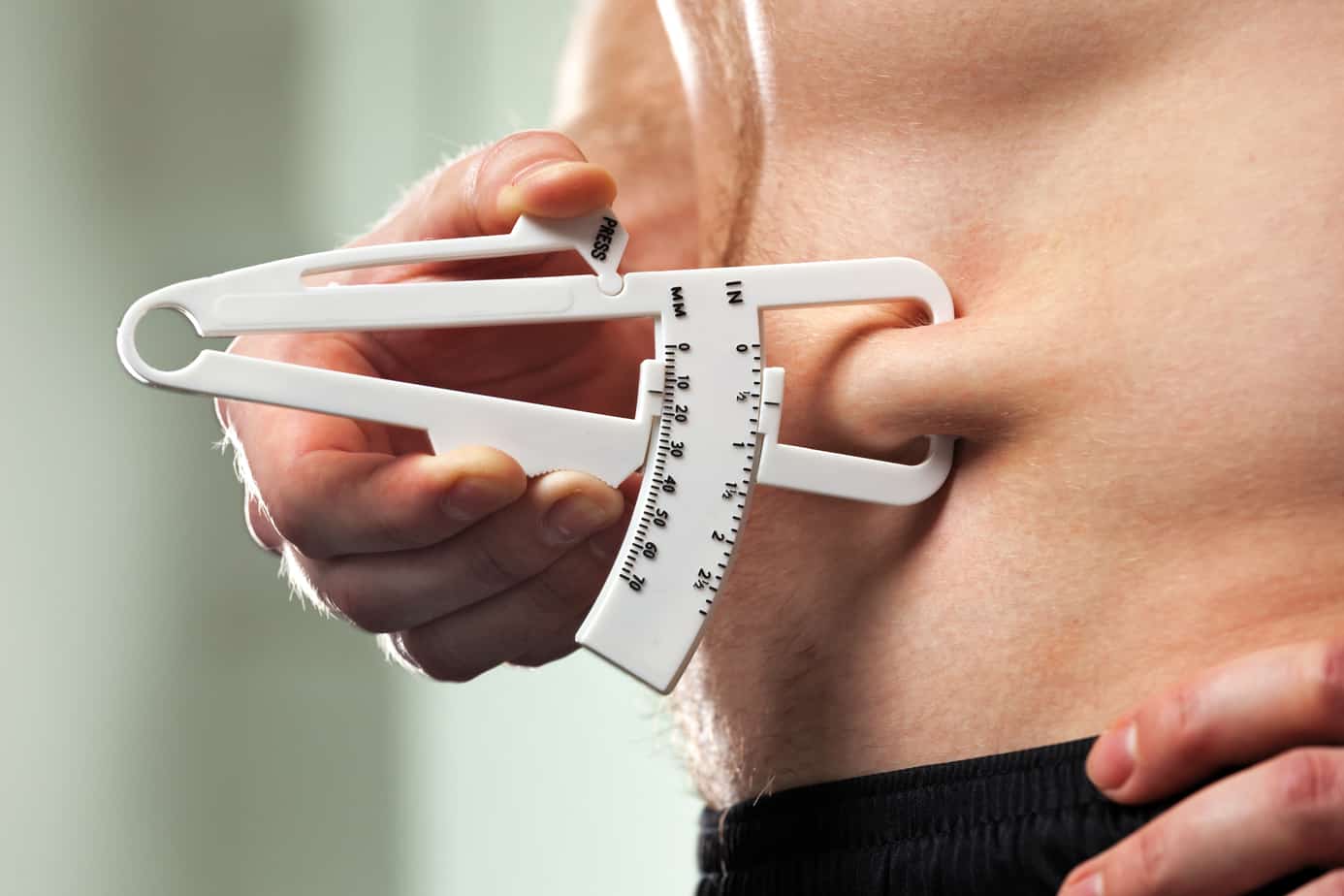
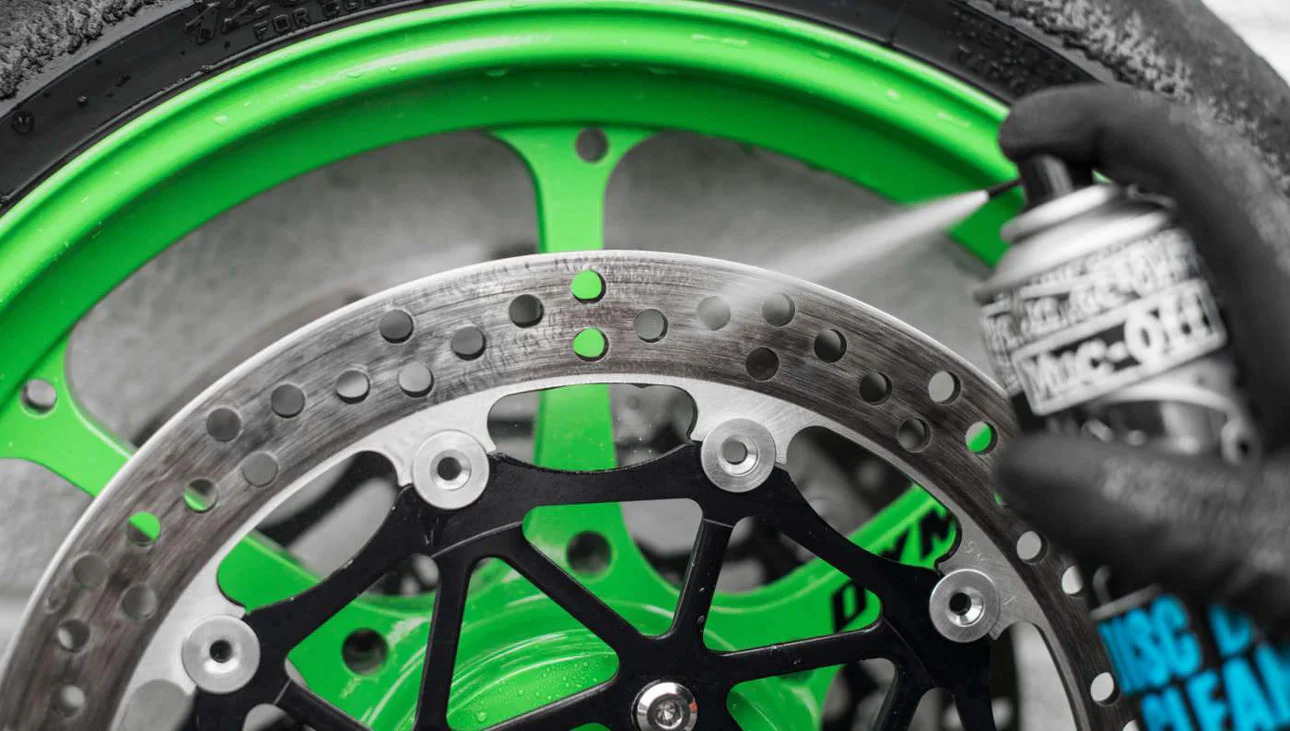

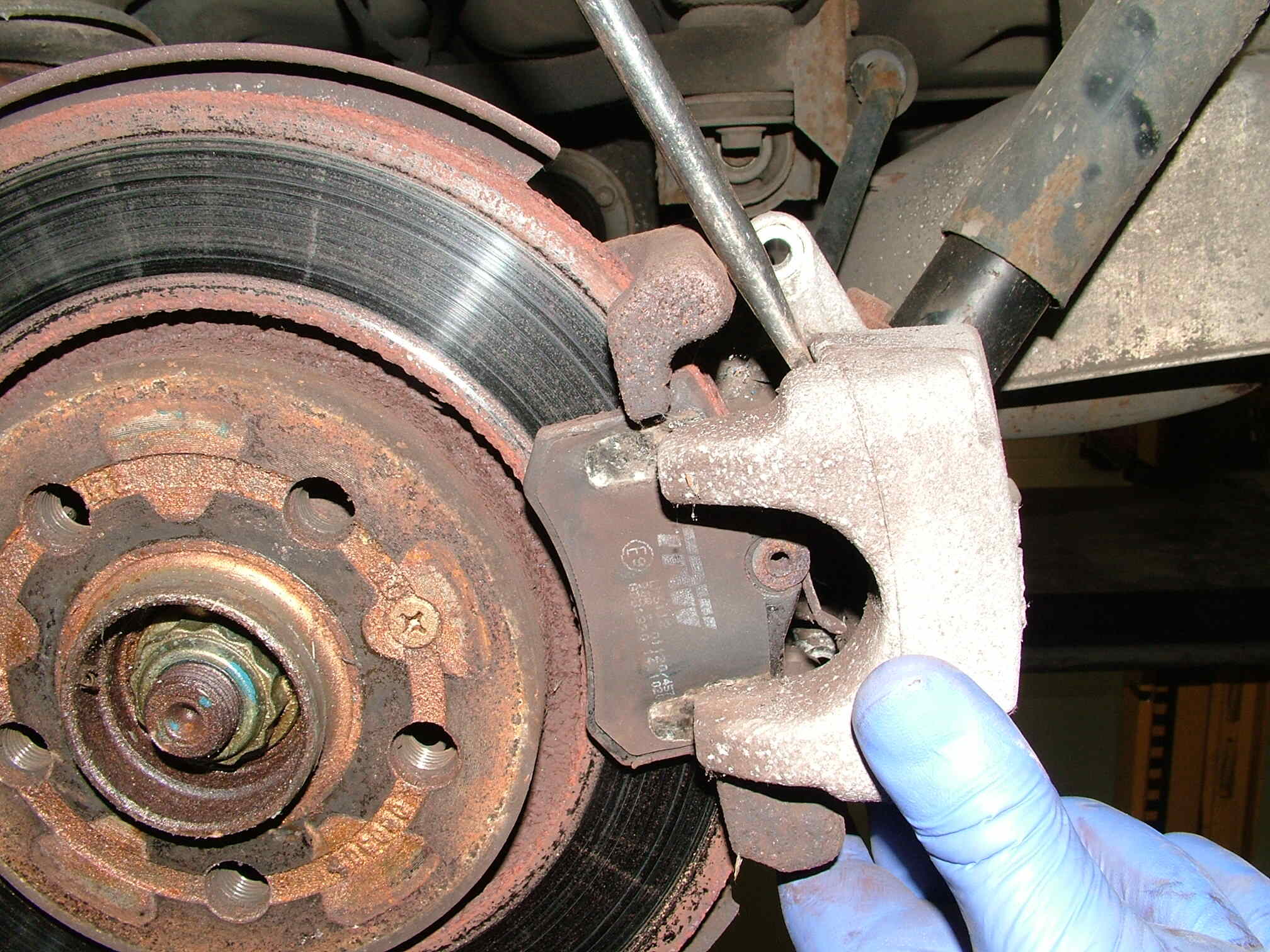
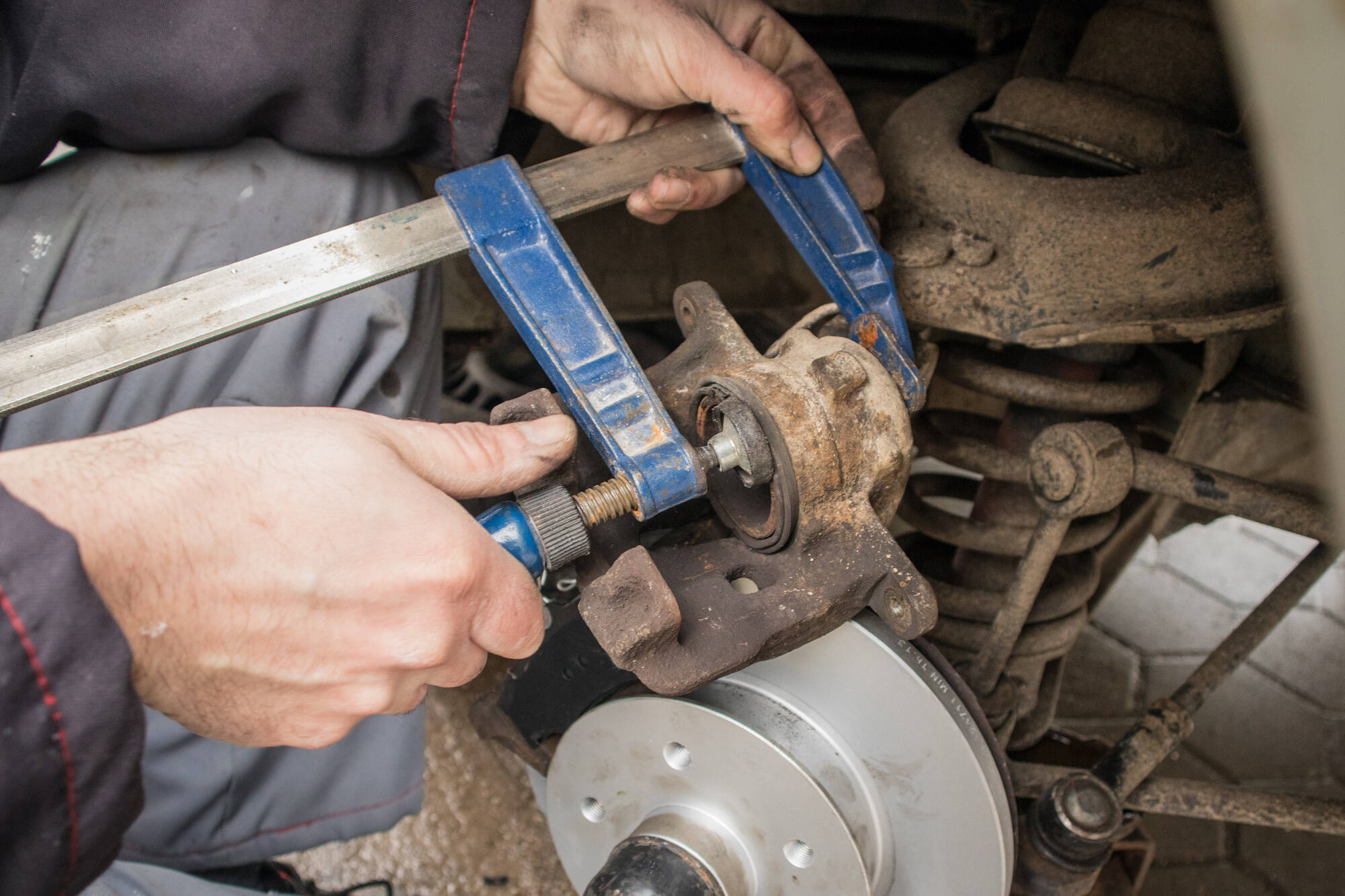

0 thoughts on “How To Check Body Fat Percentage Without Calipers”